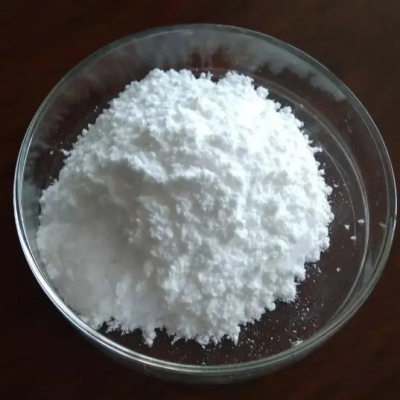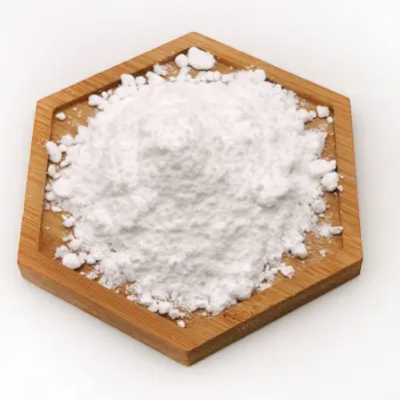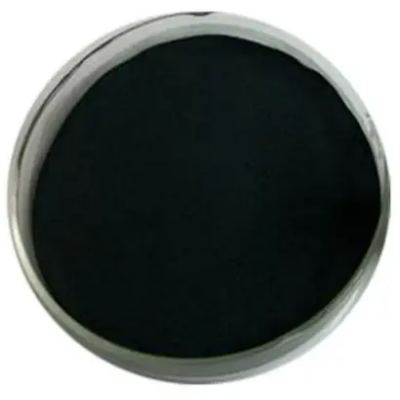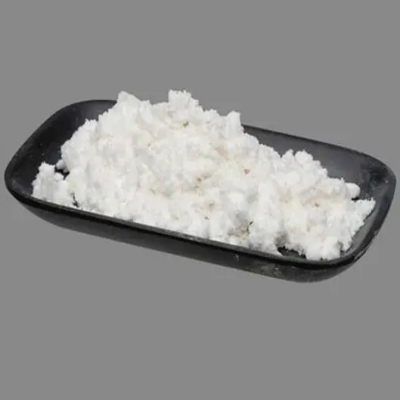Caprolactam CAS:105-60-2
Caprolactam plays a pivotal role in the manufacturing of nylon 6, a robust and versatile material extensively used in the textile industry for the production of apparel, sportswear, carpets, and industrial fabrics. As a major component of nylon 6, caprolactam contributes to the exceptional tensile strength, abrasion resistance, and moisture absorption properties of nylon textiles, enabling the creation of durable and functional materials for diverse consumer and industrial uses. Additionally, nylon 6 fibers find application in the automotive sector for the production of airbags, seat belts, and automotive components, where their high mechanical strength and impact resistance contribute to the safety and performance of vehicles. Furthermore, caprolactam serves as a key monomer in the synthesis of nylon 6 resins and engineering plastics, which are utilized in the production of molded components, electrical insulators, and consumer goods. The outstanding toughness, chemical resistance, and dimensional stability of nylon 6-based plastics make them suitable for applications in automotive parts, electronic housings, and household products, contributing to the reliability and longevity of these manufactured items. Moreover, caprolactam-derived nylon 6 finds utility in the production of films, packaging materials, and industrial components, where its thermal stability and barrier properties support diverse requirements for food packaging, protective coatings, and mechanical engineering applications. Additionally, caprolactam is employed in the formulation of specialty polyamides and composite materials, which offer enhanced performance characteristics such as flame retardancy, chemical inertness, and high-temperature resistance. These advanced materials find application in aerospace, construction, and industrial equipment sectors, serving as lightweight alternatives to traditional metals and providing superior mechanical properties, corrosion resistance, and design flexibility for critical applications. Moreover, caprolactam supports sustainable initiatives in the development of bio-based and eco-friendly nylon materials by enabling the production of renewable biopolyamides derived from sources such as castor oil or bio-based caprolactam. These bio-based nylon materials offer reduced environmental impact and carbon footprint, promoting the adoption of sustainable solutions in various industries including textiles, automotive, and consumer goods. In summary, caprolactam is a crucial precursor for the synthesis of nylon 6 and related polyamide materials, supporting diverse applications in textiles, automotive components, engineering plastics, specialty polymers, and sustainable materials. Its contributions to material performance, design versatility, and environmental sustainability underscore its significance in meeting the demands of modern industries and addressing evolving needs for high-performance and eco-friendly materials.






| Composition | C6H11NO |
| Assay | 99% |
| Appearance | white powder |
| CAS No. | 105-60-2 |
| Packing | Small and bulk |
| Shelf Life | 2 years |
| Storage | Store in cool and dry area |
| Certification | ISO. |









